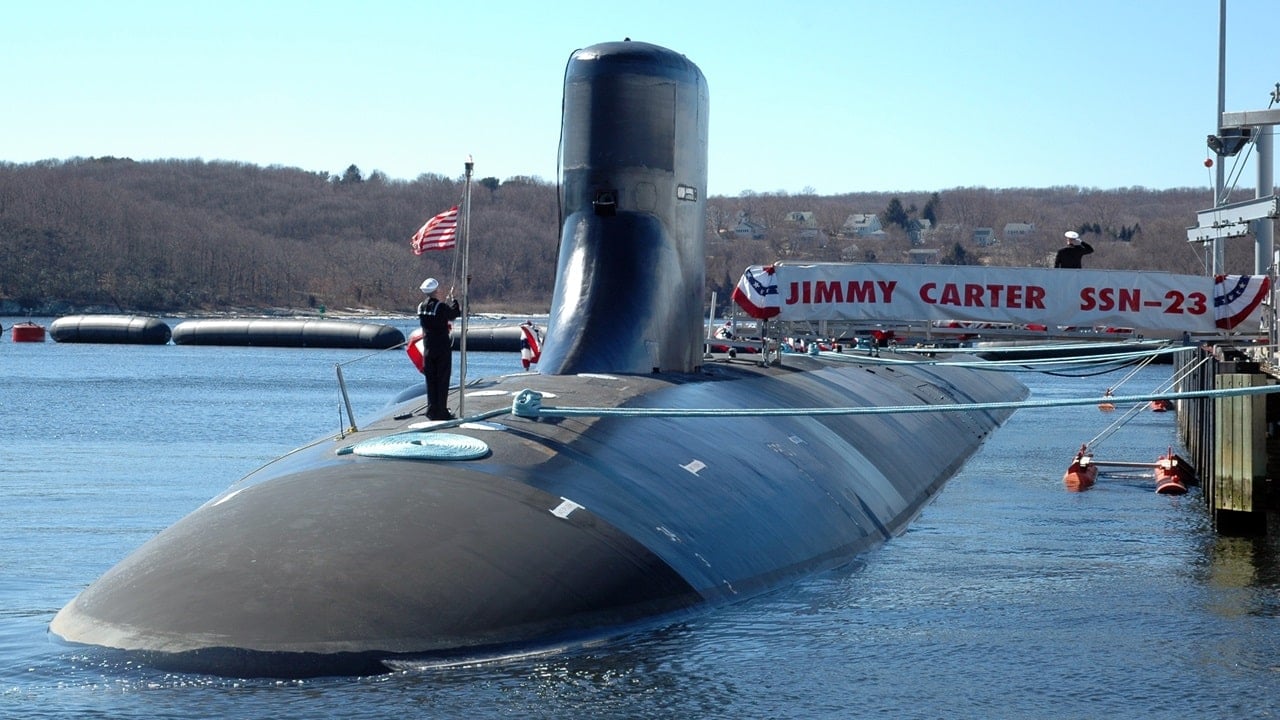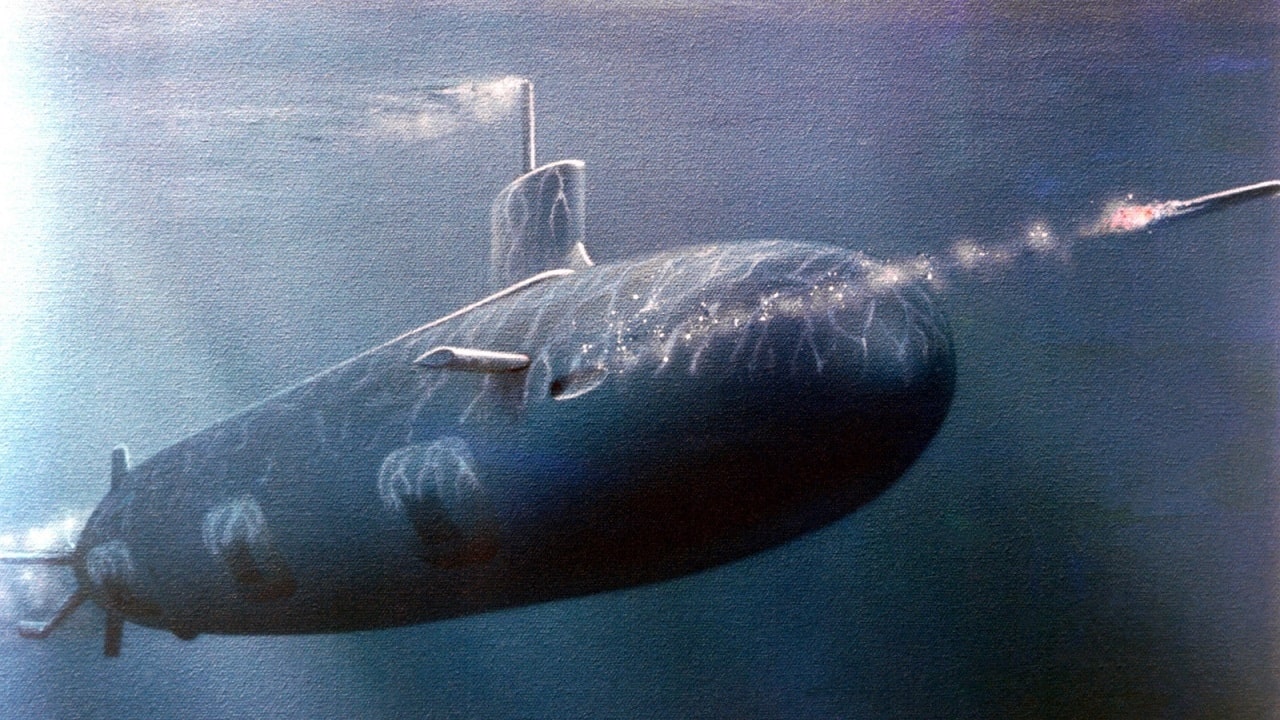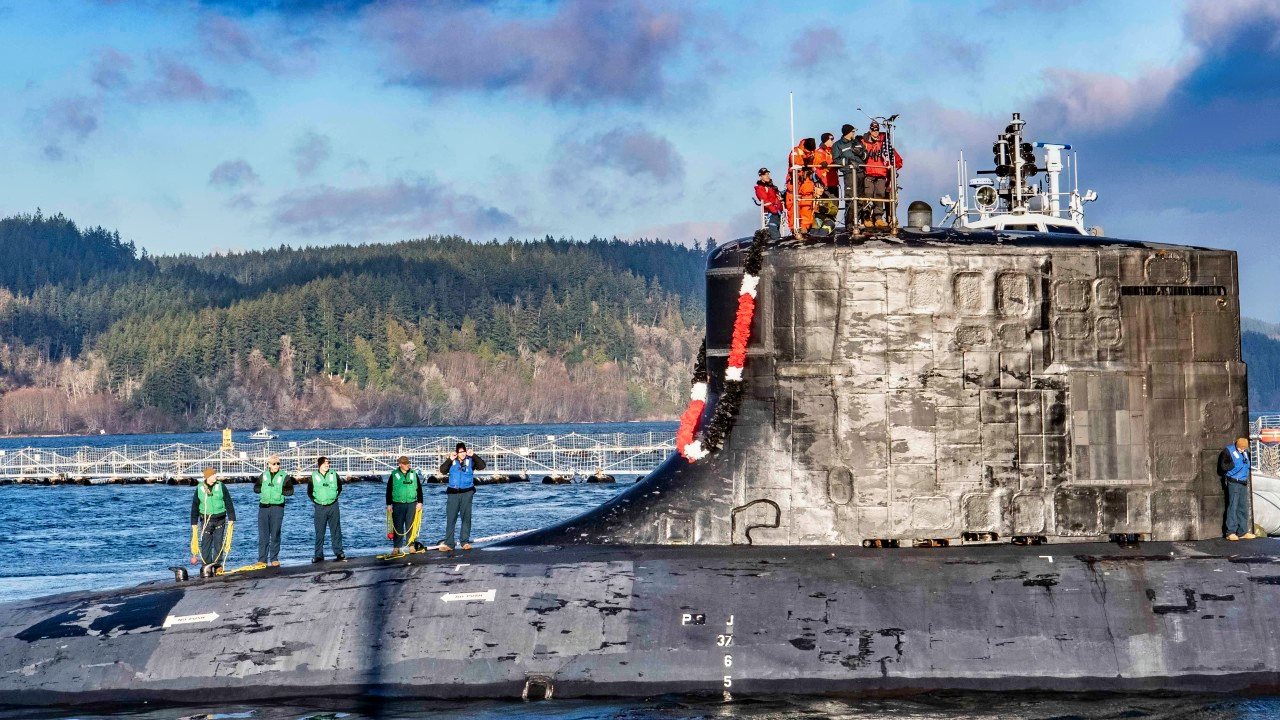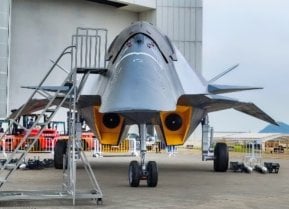Seawolf-Class: The Navy's Hunter-Killer Attack Submarine That Has No Equal
The U.S. Navy’s Seawolf-class submarines—USS Seawolf, USS Connecticut, and USS Jimmy Carter—are powerful yet rare nuclear-powered fast-attack submarines. Built as successors to the Los Angeles-class for Cold War operations, only three were constructed due to budget cuts after the Soviet Union's collapse.
What You Need to Know: The U.S. Navy’s Seawolf-class submarines—USS Seawolf, USS Connecticut, and USS Jimmy Carter—are powerful yet rare nuclear-powered fast-attack submarines. Built as successors to the Los Angeles-class for Cold War operations, only three were constructed due to budget cuts after the Soviet Union's collapse.

-Each features advanced stealth, speed, and deep-diving capabilities, costing about $3 billion per unit. Notably, the USS Jimmy Carter includes a specialized Multi-Mission Platform.
-Homeported at Naval Base Kitsap in Washington, these submarines conduct special operations and remain valuable assets in U.S. Navy operations despite the shift to the smaller, more economical Virginia-class SSNs.
Seawolf-Class USN SSN Submarine Profile
To marine biologists, particularly ichthyologists, “seawolf” is another name for the Atlantic Wolffish, a rather gruesome-looking sea creature that survives in waters with temperatures as low as 30.2 to 51.8 degrees Fahrenheit, and feasts upon hardshell crustaceans, mollusks, and echinoderms.
Which makes for a convenient segue to the actual current topic at hand. The aforementioned sea creature serves as the namesake of U.S. Navy’s Seawolf-class submarines, a class of nuclear-powered fast-attack submarines (SSNs), Like their scales & fins-bearing flesh & blood namesakes, these steel Seawolves can also survive extremely cold waters, and are deadly predators to would-be seagoing adversaries.
However, the Seawolf boats would also probably qualify for the Endangered Species List because so few were built, especially concerning how many were planned.
Seawolf-Class Submarine Early History and Specifications
The Seawolves were envisioned as the successors to the U.S. Navy’s venerable Los Angeles-class SSNs, which were commissioned between 1974 and 1996. Design work at the General Dynamics Electric Boat company kicked off at the height of the Cold War in 1983, with the notional intention of going toe-to-toe with the Soviet ballistic missiles submarines (SSBNs) such as the Typhoon-class and attack subs such as the Akula-class boats.

The lead ship of the class is, appropriately enough, the USS Seawolf (SSN-21), which was laid down on October 25, 1989, launched on June 24, 1995, and commissioned on July 19, 1997. Her motto is Cave Lupum, "Beware the Wolf" bears the following specifications and vital stats:
Displacement: 9,138 tons fully laden and submerged
Hull length: 353 feet (108 meters)
Beam Width: forty feet (twelve meters)
Draught: 36 feet (10.9 meters)
Propulsion: one S6W nuclear reactor, delivering 45,000 hp (thirty-four MW) to a low-noise pump-jet
Max Speed: thirty-five knots (40.2 mph; 64.8 km/h)
Silent Speed: twenty knots (twenty-three mph; thirty-seven km/h)
Test Depth (Unclassified): 1,699 feet (517.8 meters)
Crew Complement: 140 (fourteen commissioned officers and 126 enlisted seamen)
Armament: eight 26.5-inch torpedo tubes, sleeved for 21-inch (533 millimeter) Mk-48 Advanced Capability (ADCAP) torpedoes; up to fifty UGM-109 Tomahawk cruise missiles and/or UGM-84 Harpoon anti-ship missiles.

The second ship of the class, USS Connecticut (SSN-22), bears the same specifications. Meanwhile, the third and final ship of the class, the USS Jimmy Carter, named for a U.S. Naval Academy Class of 1947 grad who served as a submarine officer under the iron-fisted, take-no-prisoners leadership of Adm. Hyman G. Rickover has an additional 100 feet (30.4 meters) of hull length and 3,002 tons-worth of displacement due to accommodate a section known as the Multi-Mission Platform (MMP) which allows launch and recovery of remotely operated underwater vehicles (ROV) and Navy SEALs.
Operational History
Admittedly, it’s a bit of a troubled history, as indicated earlier in this article. The collapse of the Soviet Union in 1991 and the resulting “peace dividend,” a peace dividend which turned out to be a short-lived pipe dream, as 20/20 hindsight now starkly shows us, threw a proverbial wrench into the works and cast some serious doubts on the future viability of the Seawolf project.
As the Seaforces online website explains, “A fleet of twenty-nine submarines was to be built over ten years, but that was reduced to twelve submarines. The end of the Cold War and budget constraints led to the cancellation of any further additions to the fleet in 1995, leaving the Seawolf class limited to just three boats. This, in turn, led to the design of the smaller Virginia-class. The Seawolf class cost about $3 billion per unit, $3.5 billion for USS Jimmy Carter, making it the most expensive SSN submarine and the second most expensive submarine ever, after the French SSBN Triomphant-class. The projected cost for twelve submarines of this class was $33.6 billion.”
To put those dollars & sense numbers in perspective, sixty-two of the Los Angeles-class boats were built at a unit cost of $1.6 billion in 2020 dollars. To cite a more recent compare & contrast example, twenty-four out of the sixty-six planned Virginia-class SSNs have been completed so far, with twenty-three in active service, at a unit cost of $2.8 billion.

Despite these financial challenges, the Navy is making the most of the available ships in the class, like the saying goes, “When life deals you lemons, make lemonade!”. Case in point: In July 2020, USS Seawolf deployed into the Arctic area of responsibility (AOR), whereupon she conducted special operations and pulled into multiple European ports, thus making history as the first U.S. Navy deployment during the COVID-19 pandemic.
Where Are They Now?
USS Seawolf is currently homeported at Naval Base Kitsap in the state of Washington; ditto for her two sister ships.
About the Author:
Christian D. Orr is a Senior Defense Editor for National Security Journal (NSJ). He is a former Air Force Security Forces officer, Federal law enforcement officer, and private military contractor (with assignments worked in Iraq, the United Arab Emirates, Kosovo, Japan, Germany, and the Pentagon). Chris holds a B.A. in International Relations from the University of Southern California (USC) and an M.A. in Intelligence Studies (concentration in Terrorism Studies) from American Military University (AMU). He has also been published in The Daily Torch , The Journal of Intelligence and Cyber Security, and Simple Flying. Last but not least, he is a Companion of the Order of the Naval Order of the United States (NOUS).
Image Credit: Creative Commons and/or Shutterstock.


